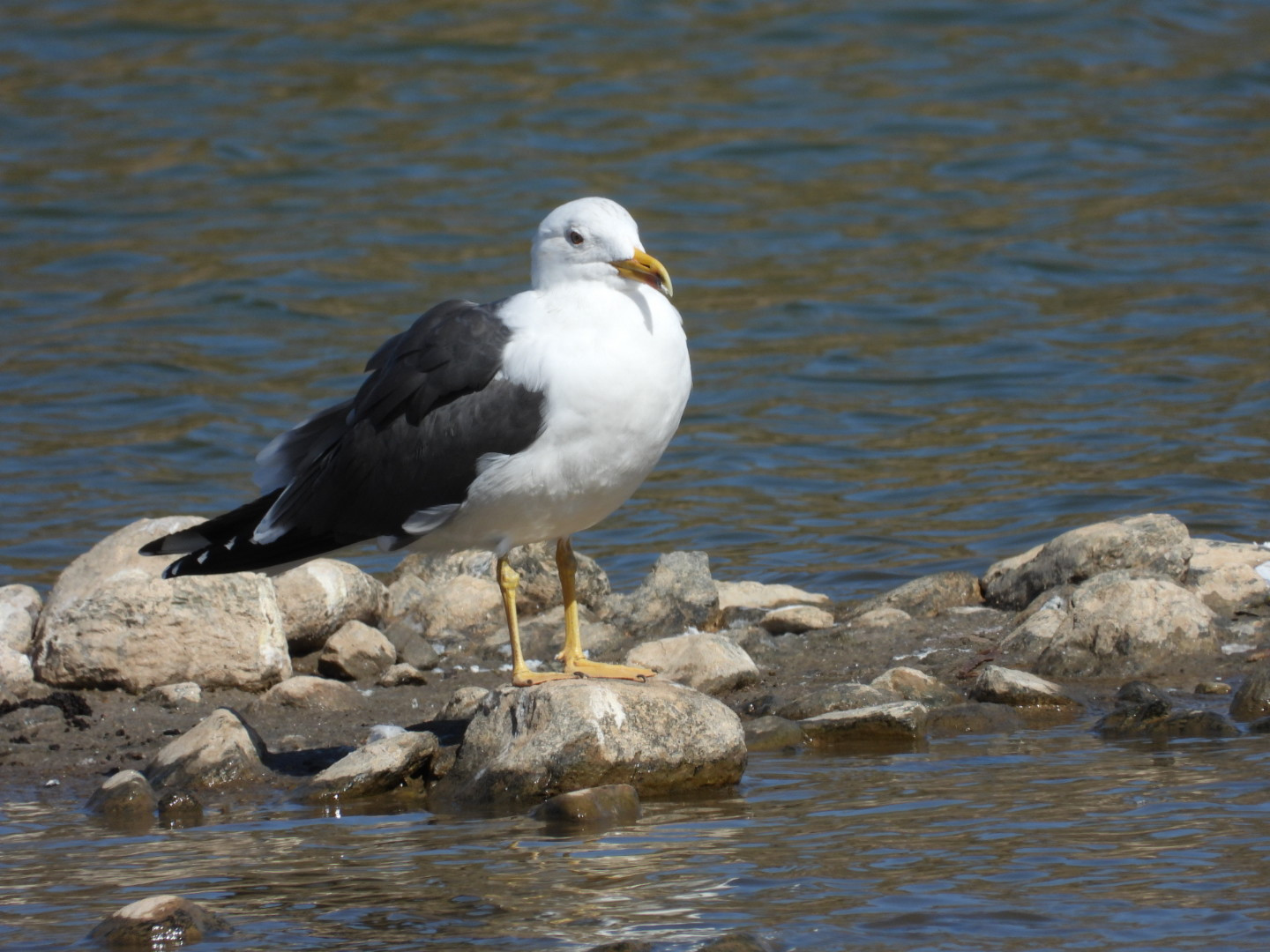Beschreibung
The Charca de Maspalomas is a ideal location to watch aquatic birds. This brackish lagoon full of tamarisks and reeds is in southeast Gran Canaria within the Maspalomas Dunes nature reserve at the southern tip of Gran Canaria. It’s just 200 metres from the iconic Maspalomas lighthouse. A walkway along the western edge of the lagoon is the best spot for photography and binoculars. You will be able to observe the birds from the observation deck which has seats and a notice board. You will see as many as 24 species of migratory and resident birds. Graureiher and Seidenreiher are resident, while Sanderling search the mud bottom of this quiet wetland. Mittelmeermöwe fly overhead and Bläßhuhn and Teichhuhn are common. The area gets occasional visits from Fischadler and Wüstenfalke.
Details
Zugang
Maspalomas is served by the Faro de Maspalomas bus station which is located near the lighthouse at the end of Avenida Cristobal Colon. Bus services can directly reach this area via the local holiday resorts, Las Palmas and the airport. It is a short walk to La Charca following local maps and signposts. A taxi rank is next to reserve and street parking for cars can be found nearby. The footpath alongside the reserve gives easy access. Walks along the dunes are cordoned off to stop access to reserve, but birds can still be observed.
Terrain und Habitat
Dünen , Feuchtgebiet , Strand , MeerBedingungen
SandigRundweg
NeinIst ein Spektiv nützlich?
Möglicherweise hilfreichGute Beobachtungszeit
GanzjährigBeste Beobachtungszeit
Winter , Frühjahr , HerbstRoute
asphaltierte Straße , Normaler WegSchwierigkeitsgrad der Tour
EinfachErreichbarkeit
zu Fuß , Fahrrad , Rollstuhl , AutoBeobachtungshütten oder -türme
JaZusätzliche Informationen
Starting from the lighthouse a walk takes you northward along the side of this National Park Reserve and up to the Tony Gallardo reserve. It is teeming with wildlife which is quite visible from the lookout point with information boards about birds and wildlife near where the buses drop off and pick up tourists. Many different birds such as Säbelschnäbler, Grünschenkel, Löffler, Turmfalke, herons, Seidenreiher, Regenbrachvogel, Flußregenpfeifer and waders. Warning to avoid area at dusk as it attracts a lot of mosquitoes.



